
Keep those expressions coming. We have colorful prints that will say things that are hard to say. Personalize your walls and show them who and what you are. Get them now and beautify your walls.

Keep those expressions coming. We have colorful prints that will say things that are hard to say. Personalize your walls and show them who and what you are. Get them now and beautify your walls.

Keep those expressions coming. We have colorful prints that will say things that are hard to say. Personalize your walls and show them who and what you are. Get them now and beautify your walls.
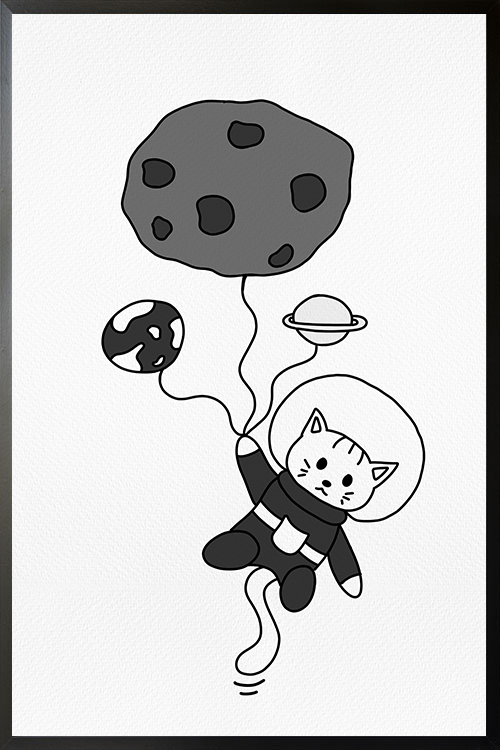
These art has the perfect colors that will make the nursery look stylish. Let your creativity shine and decorate the nursery with trendy and stylish posters.
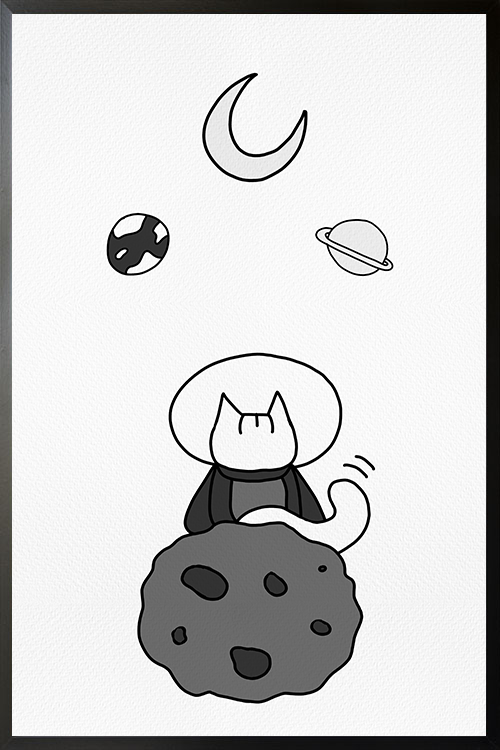
Color is our favorite form of creativity. Let the nursery look beautiful with this art and bring life to your walls instantly.

All you need is a little imagination and creativity to bring what you into the world around you. Beautify your nursery walls with this colorful poster and give it a vibrant appeal.

Feeling bored staring at your blank walls? Let’s add some colors with this art and you will surely be happy with the effects it gives.
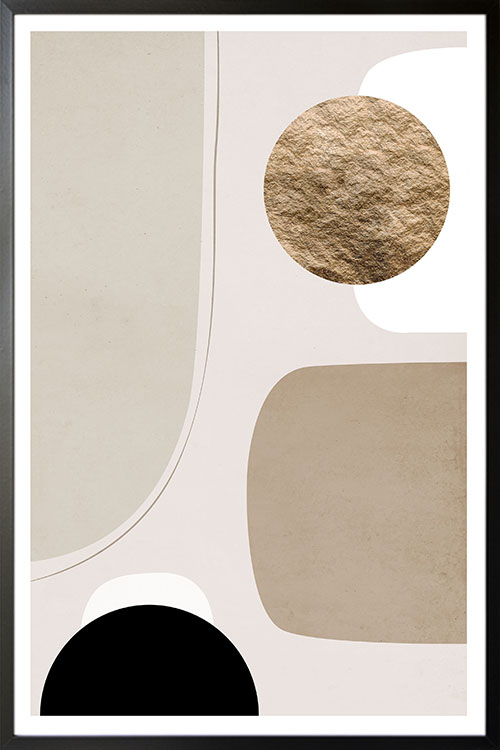
Whether you are looking for an art about nature or heavenly bodies, our collection will surely make a blast to your walls. The colors, patterns, shapes, and theme will definitely give your home a luxurious appeal. Get your graphical posters now and beautify your walls.
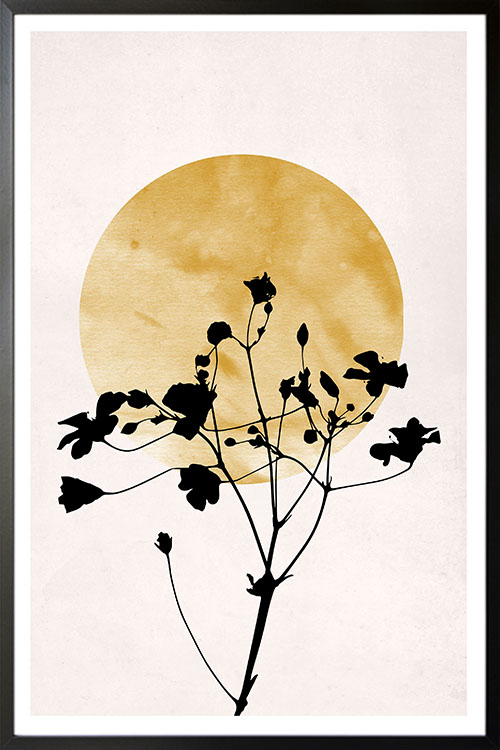
Whether you are looking for an art about nature or heavenly bodies, our collection will surely make a blast to your walls. The colors, patterns, shapes, and theme will definitely give your home a luxurious appeal. Get your graphical posters now and beautify your walls.
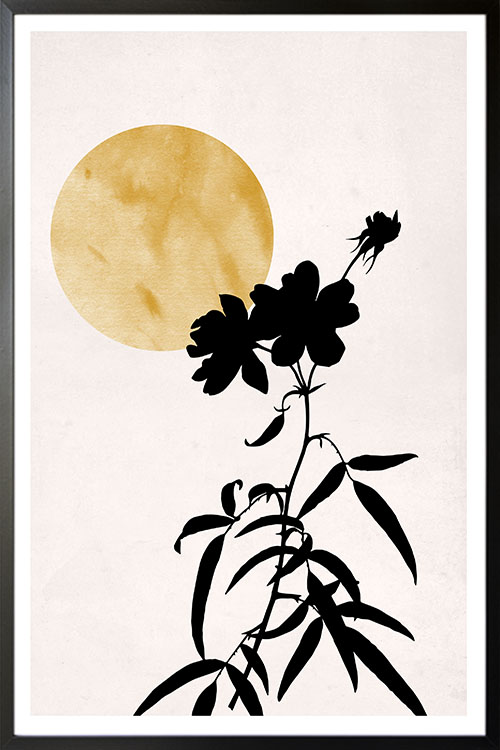
Whether you are looking for an art about nature or heavenly bodies, our collection will surely make a blast to your walls. The colors, patterns, shapes, and theme will definitely give your home a luxurious appeal. Get your graphical posters now and beautify your walls.
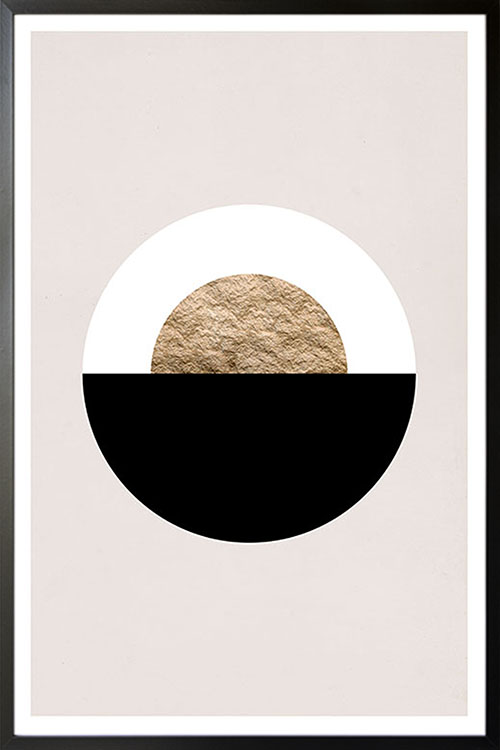
Whether you are looking for an art about nature or heavenly bodies, our collection will surely make a blast to your walls. The colors, patterns, shapes, and theme will definitely give your home a luxurious appeal. Get your graphical posters now and beautify your walls.